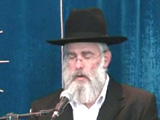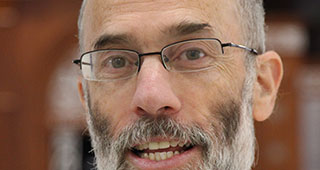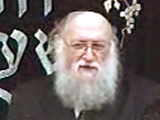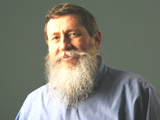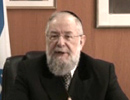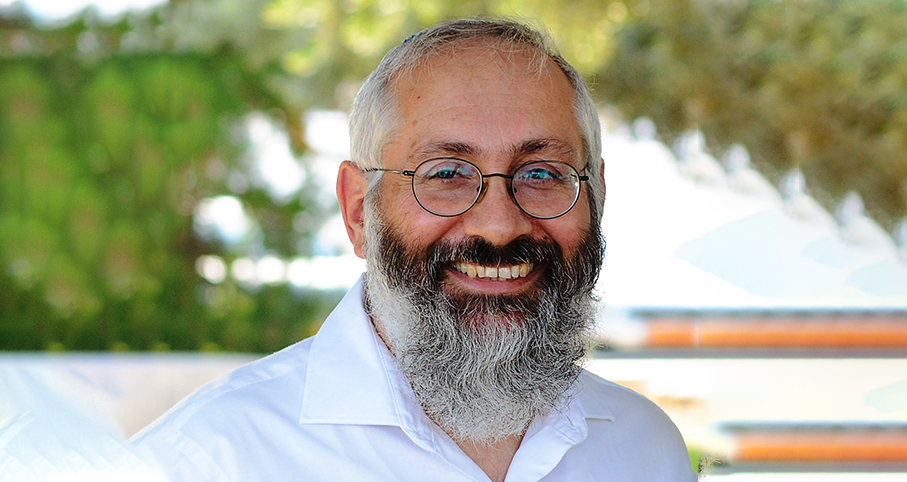Beit Midrash
- Sections
- Chemdat Yamim
- Parashat Hashavua
- Torah Portion and Tanach
- Shmot
- Terumah
Of course, we have no pretensions of actually understanding exactly what these seraphim, ophanim, and chayot hakodesh are. It is apparent from Chazal and from the early commentators that they represent parallel or even overlapping concepts (see Rambam, Yesodei Hatorah 2:7). We will take a quick look at the explanation of seraphim. The Targum renders the word into Aramaic as "the holy servants." Rashi and other Rishonim say, based on the root of the word, that their job was to burn.
The above has to do with what the prophets saw when they had visions of that which those who served Hashem were doing in the heavens. We see angels (malachim) appearing in our world, as messengers of Hashem, in many places in the Torah and Tanach. One appeared to Hagar in the desert (Bereishit 16:7). Another stopped Avraham from slaughtering Yitzchak (ibid. 22:11). Another appeared to Yaakov in Aram (ibid. 31:11). An angel gave instructions to Eliyahu (Melachim I, 19:5). David saw an angel hovering ominously over Yerushalayim (Divrei Hayamim I 21:16). In all of these places and all others, a malach is never described as having wings. In several of those we mentioned and in others (see Yehoshua 5:13) an angel was armed with a sword.
Our rabbis disputed what a malach represents. Rashi says that those who merit it can see them in daily life in the physical world, and that they indeed sometimes look like people. The Rambam and his camp of thinkers say that one can see malachim only in a prophetic vision. Some thinkers note that any being or thing that acts as an agent of Hashem can earn the title of malach. It can be a natural phenomenon, an animal, or even someone who is man-like.
How will the various opinions deal with the pasuk: "Hashem makes his malachim of spirit, His servants a glowing fire" (Tehillim 104:4)? Rashi says that the malachim, who were created on the second day, are spiritual beings, but they can take on physical attributes. The Rambam again says that they are things one can see only in a vision. According to the third approach, they can even be something physical that serves its Maker.
What is clear from all these sources is that there is no Jewish source for angels with wings.

Parashat Hashavua: Neither Menashe Nor Yerachme’el
Rabbi Yossef Carmel | Tevet 5786

Glory in the Clouds
Rabbi Yossef Carmel | 7 Shvat 5768

Parashat Hashavua: From Paroh to Hamas and Iran – In Those Days at this Time
Rabbi Yossef Carmel | Kislev 5786



















